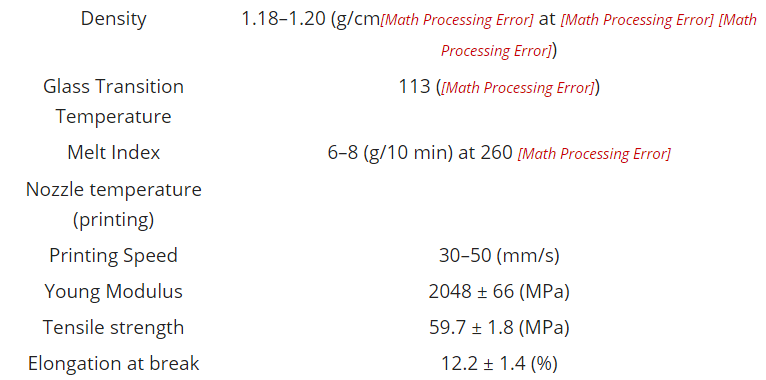Researchers Tackle Fluid Flow Issues 3D Printing Microfluidics Platform
In ‘Microfluidics as a Platform for the Analysis of 3D Printing Problems,’ authors Rui Mendes, Paola Fanzio, Laura Campo-Deaño, and Francisco J. Galindo-Rosales explore new ways to tackle ongoing issues with fluid flow in FFF 3D printing.
For this study, the authors decided to create several different types of printing conditions in microfluidics, defined as:
- The Deborah number
- The Reynolds number
- The Elasticity number
The microfluidic nozzle was created in 2D with CAD software, and up to four different scale ratios were shown:
- 1:1
- 1:2
- 1:4
- 1:8
Each microchannel possessed its own inlet and outlets, with a contraction in between acting as the cross-section of the nozzle. The authors used photolithography to create the master for cast moling, and UV light to transfer ‘the geometry of the channels’ from a photomask to photosensitive substrate. They noted that shear thinning was more noticeable when the concentration of polymers was larger. For the study, three samples were created.
Upon analyzing the four microfluidic nozzles, they noted three different flow patterns:
“… at lower [Math Processing Error] and [Math Processing Error], it was possible to observe a laminar profile, very similar to a Newtonian fluid-flow at low [Math Processing Error], where the fluid stayed attached to the walls of the microchannel without any disturbance; as the elastic effects increased, a second zone was visible, where the flow detached from the walls upstream of the contraction and the typical printing conditions were located; and, finally, if the [Math Processing Error] and [Math Processing Error] were further increased, large vortices promoted a preferential central flow path,” stated the researchers.
It was possible to see the formations of the vortices ‘upstream’ of the contraction, with the research team noting that the elastic efforts of the analog fluids led to lower velocity than the extruded one.
“Eventually, they could even lead to a formation of solid pieces, promoting clogging. Furthermore, the vortex creates a zone of under-extruded material, which can accumulate near the walls up to the point it escapes between the filament and liquefier, resulting in a back-flow effect that leads to a catastrophic failure in a 3D printing process,” concluded the researchers.
“This work constitutes a first microfluidics approach to elucidate the physics behind the main problems in a printing process when using viscoelastic polymers. In future works, a wider range of analog fluids should be studied, not only to further complete the flow pattern map, but also to replicate the exact conditions of the printer and to discover the critical [Math Processing Error] and [Math Processing Error] values that potentiate a laminar flow.”
Microfluidics and 3D printing accompany each other in many a research lab today as scientists create new designs, assess miniaturization also, and examine such structures in connection with bioprinting. What do you think of this news? Let us know your thoughts! Join the discussion of this and other 3D printing topics at 3DPrintBoard.com.
[Source / Images: ‘Microfluidics as a Platform for the Analysis of 3D Printing Problems’]Subscribe to Our Email Newsletter
Stay up-to-date on all the latest news from the 3D printing industry and receive information and offers from third party vendors.
Print Services
You May Also Like
3D Printing Grows to $15.9B in 2024 Amid Shifting Industry Dynamics
The global additive manufacturing (AM) market reached $15.9 billion in calendar year 2024, according to “Q4 2024 3DP/AM Market Data and Forecast” from Additive Manufacturing Research (AM Research). Despite a...
3DPOD 247: LJ Holmes, Executive Director for the Center of Advanced Manufacturing and Materials at Harrisburg University
Executive Director for the Center of Advanced Manufacturing and Materials at Harrisburg University, Larry “LJ” Holmes is a pioneer in applying additive manufacturing to defense and other critical sectors. Part...
Thai Startup OsseoLabs to Cut Surgery Time with 3D Printed Magnesium Implants
A patient undergoing mandibular reconstructive surgery typically faces two separate operations: one to place a custom-fit titanium plate and another month later to remove it. But what if that second...
Japanese Advanced Manufacturing Capabilities Grow in Europe with Sodick’s Purchase of Prima Additive
The global economy is currently undergoing a reshuffling in terms of what gets manufactured where. In large part, this trend is being driven by new geopolitical alliances and the need...




























